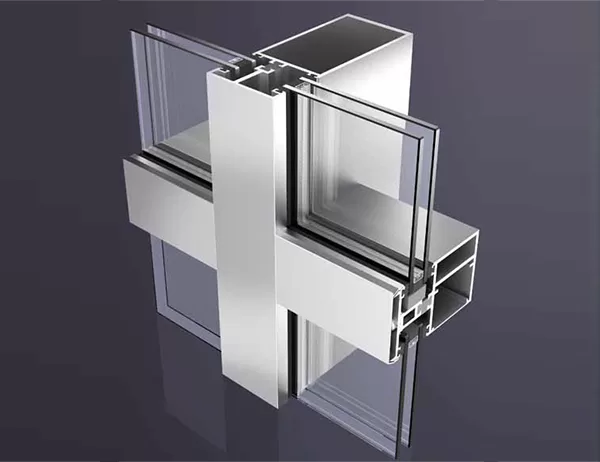The surge in global energy demand has spurred the adoption of renewable energy sources, with solar energy playing a pivotal role. While the primary focus of solar panels has been on efficiency and performance, aesthetic considerations are gaining increasing prominence. Aluminum extrusion, with its versatility and design flexibility, offers an innovative solution to enhance the aesthetics of solar panel designs.
Customization and Flexibility
Aluminum extrusion allows for a wide range of customization options, enabling manufacturers to design solar panels that align with specific aesthetic preferences. Whether it’s curved contours, intricate patterns, or custom colors, aluminum extrusions can adapt to any desired form and appearance. This flexibility allows architects and designers to integrate solar panels seamlessly into building facades, roofs, and other architectural elements.
Durability and Longevity
Aluminum extrusions are renowned for their durability and resistance to weathering. This ensures that the aesthetic appeal of solar panels is preserved over the long term. Aluminum’s corrosion resistance prevents tarnishing or discoloration, maintaining the panels’ original beauty even in harsh outdoor conditions. Additionally, its strength and rigidity protect the panels from physical damage, extending their lifespan and preserving their visual integrity.
Seamless Integration
Aluminum extrusions facilitate seamless integration of solar panels into architectural structures. The ability to create custom profiles allows for precise mating with building materials, eliminating unsightly gaps or misalignments. This results in a cohesive and elegant aesthetic that complements the overall design of the structure. The use of aluminum extrusions also allows for the incorporation of additional architectural features, such as louvers or decorative elements, into the solar panel system.
Weight Optimization
The lightweight properties of aluminum extrusions contribute to the overall weight optimization of solar panels. This reduction in weight simplifies installation, transportation, and handling, making it more efficient and cost-effective. The use of lighter materials also allows for larger solar arrays to be installed without compromising structural integrity or aesthetic appeal.
Environmental Sustainability
Aluminum extrusions are an environmentally sustainable choice for solar panel design. Aluminum is a highly recyclable material, which reduces the environmental impact associated with the production and disposal of solar panels. The use of aluminum extrusions also promotes energy efficiency, as solar panels generate renewable energy, further contributing to environmental sustainability.
Conclusion
Aluminum extrusion offers a transformative solution to enhance the aesthetics of solar panel design. Its customization options, durability, seamless integration, weight optimization, and environmental sustainability make it an ideal choice for architects and designers seeking to create aesthetically pleasing and environmentally friendly solar installations. By embracing aluminum extrusion, the solar industry can unlock new possibilities for integrating renewable energy into modern architecture while enhancing the visual appeal of our built environment.




